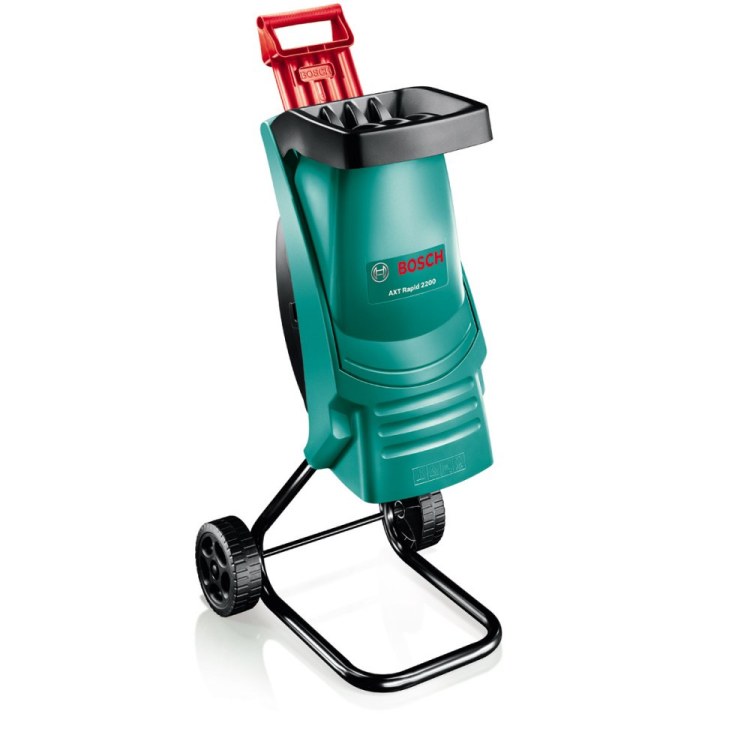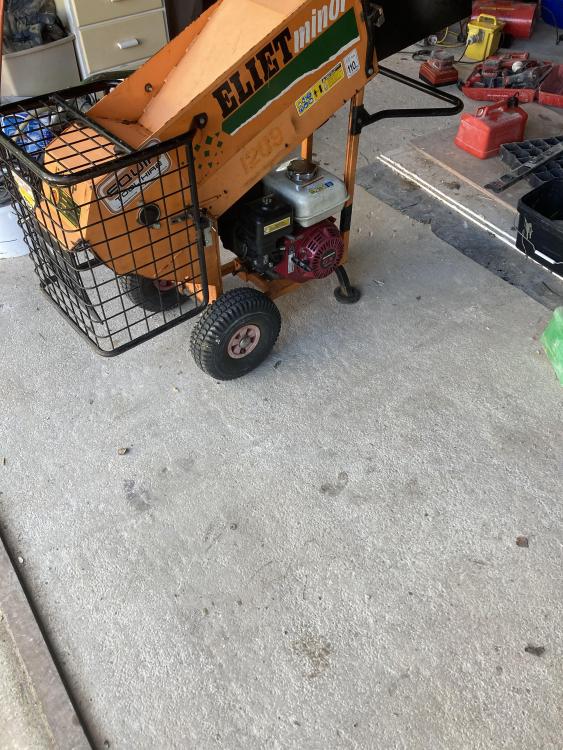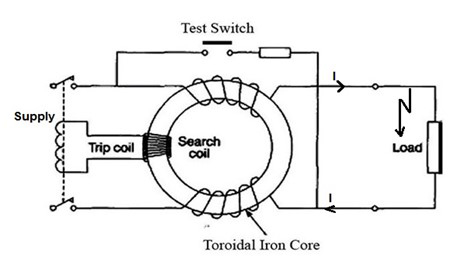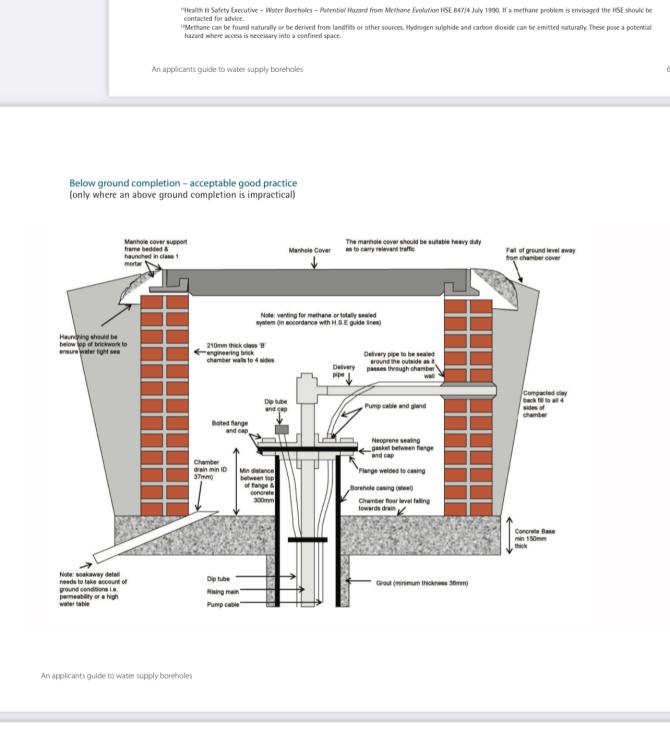Leaderboard
Popular Content
Showing content with the highest reputation on 04/03/23 in all areas
-
2 points
-
Welcome. 2 things first. Wait until you own it. Then sketch up the place and take daily meter readings for gas and electricity. Then we can all chip in with conflicting advice and ideas.2 points
-
Just to re-update this - a few more years down the line! I went with Pylontech US3000 Lithium units, initially 3 of them and then added 2 more. They are absolutely great - zero maintenance, zero hassle. With a 6kw PV bank I'm sorted for the vast majority of the year with a generator being required for a top-up 6 times this winter. I expect that when I get round to moving the PV array to the roof and doubling it's size I won't need the gen at all. I'd have no need for the generator if I hadn't ditched my wind-turbine but I don't miss that howling beast when it's windy (there was no easy way of making it play with lithium/Victron). My time with flooded lead acid batteries was educational but I do not miss it! Less of my clothing has small acid burns and the monthly maintenance schedule has become an occasional glance at the Victron App.2 points
-
This was a while back (2016) but we used MBC for the passive frame and Gaulhofer (via EcoWin @craig) for the passive windows. Very impressed with both firms, can't recall who ate the tolerance in the end, think it was Gaulhofer The golden rule here is to double, and then triple check all window schedules before committing. Errors can creep in, even with the best supplier as the s/w they have to use to order from the manufacturer can be painful and can reset previously selected options etc. Even then, errors may be made at the factory but as long as your schedule is clean then you'll be able to get them to resolve it at their expense. I fkd up our door order from RK Doors - fit fine but the ratio of door to glass was off and I didn't spot the mistake so had to live with it.2 points
-
1 point
-
In order to avoid endless tail chasing when seeking quotes, I'm keen to present all the information required so quotes can be fairly compared. Having read the sticky, I've put together the 2 attached docs. window_schedule_plans.pdfwindow_schedule.pdf I also need to add: Gas filled Any coatings Glazing build-up (e.g. 4-16-4-16-4) Aluclad, aluminium or wood. Inward/outward/tilt'n'turn Delivery and installation Number of compression seals (particularly on the weather side of the locking mechanism) I'm inclined to go Aluclad, but have not particular view on the other choices. I've only encountered inward/tilty jobs when in Europe and have no experience of 'living' with them. As an aside, I'm curious about some windows that don't have a compression seal on the weather side of the locking mechanism. This seems a bit daft to me? All suggestions most welcome.1 point
-
The top soil / made up ground will have inconsistent ground bearing pressures across the footprint of the deck. Hence if you use pads that aren't footed on the virgin clay, then you should expect some degree of differential settlement across the pads, and some buckling of the deck in consequence. Pavers are a bad idea for pads unless you correctly load spread and the posts will tend to break them up and punch through them. The method shown in that Wickes video is about the simplest. The holes really just need to go down to the virgin clay, which might only be 30cm or so, but you won't know until you've dug a few out.1 point
-
1 point
-
Does that become thousands of potential growing nodes? I have them in the pile of mulch, hoping they will die off there, but fear they are lying in wait for when I put them on the flower beds. Yesterday I found lots of bramble 'trunks' among the shrubs I thought I had cleared of them. They made the mistake of turning green while shooting up. It is a constant war.1 point
-
AXT 2000-HP. It won't take sticks more than about 30mm, but those get lopped into kindling so it suits me. The big thing it does is, being a worm drive, it drags the stick through...you can walk away, and it takes the twig and leaf stuff with it. It just gets dragged in. That saves ages. With too much wet stuff it can stall, so I keep some dry sticks aside which will always engage and take the bits with it.1 point
-
Yes, I felt it might be worth considering sharing the work between the two types of heating. A2A is incredibly responsive and efficient but doesn't provide for your DHW needs.1 point
-
Bond It Brick Acid says its 16% Hydrochloric acid. https://www.mgnbm.co.uk/bond-it-brick-acid-5-litres-bdh085/?srsltid=AfAwrE7vK1Ef8OIpidl1uLMnnFYdlaTwQGXqZfWfrOBEV9fPgfHS_PCgL8E1 point
-
A2A work best in open-plan houses. The best solution might be a combination of both a small ASHP and A2A Possibly finding away to re-pipe a few radiators in the smaller rooms?1 point
-
I've got the older version of this: Not the fastest thing in the world, but if you have a lot of long thin (up to about 4.5 cm, I think) twiggy offcuts, this is very quiet and does a great job. With a bit of care, I managed to process a massive pile of brambles a couple of years ago.1 point
-
Most probably not but if the heat requirement is small then its not impossible that micro will suffice. Need to do the calcs. Thats on example, there are others1 point
-
Sorry I dont know enough to confirm the spec - it was steel reinforced but I dont know the class of concrete used. Sorry I prob meant contraction gap then! Someone else told me just to brush cement dust into any cracks showing. There is no budget for tiling. We are not precious and will be living in the house long term - at this point I just want a roof over our heads1 point
-
Dan the man has just been and rectified the hanging strings. All 46 panels are now connected and generating. We chatted with him and he took full responsibility for them not being connected. After he left we chatted about the situation and have decided to accept the compensation offered by Spartek of a new Huawei inverter, which, Dan tells us, will connect more easily to battery storage and is better at remote monitoring. We will, of course, accept the offer of compensation payments to cover the loss of revenue because of their delay in issuing certificates and the lack of solar generation etc. I just hope they don't make me do all the chasing of Octopus for the figures because I am tired of that already Thanks to all for their support through this. Particularly Dillsue who stuck it out to the end1 point
-
1 point
-
Pretty good really. Makes me wonder why we don't fit a glass panel over 'daylight' walls and pump the thermal energy around the house. A posh trombe wall, but not using the wall as storage so much.1 point
-
So a system boiler. These are usually, but not exclusively, set up to heat either the water, or the building. It then gets complicated as there are a number of different 'plans' to divert the boiler water. S Plan, Y Plan, W Plan, Plan B (though I think that involves morning regret and pipes that change rigidity) You may have to do a drawing.1 point
-
Combi gas boilers are sized for DHW delivery. System boilers are designed for mean and maximum heat load. What sort is your boiler? Or at least how is it plumbed up? There are others on here that know a lot more about boilers and pipes.1 point
-
You need to have a conversation specifically about the hedge, don’t leave it for another year. For example. There’s a hedge that bounds part of our land. It belongs to the neighbour it then leads to a fence and some trees that also belong to my neighbour. One of the first conversations I had with him was to discuss the upkeep of the hedge, the fence, and the trees and we’ve come to an agreement on how to manage it and the height of hedge and trees. Fortunately we both have the same opinion on how best to manage it.1 point
-
I had a Camon C150 for 5 years or so, absolutely brutal that thing was, but very noisy, had two chutes, one for brush like material with flail like hammers, and one for upto 4" material that used blades to create chippings. Fantastic for reducing a big pile of into something useful. Relatively easy to use and self feeding for the most part, most problems occurred when either overloading, or with branches that split into Y shapes. No need to go sticking a hand in, just use another branch to push the obstruction through,1 point
-
Nope. The hybrid I have my eye on is 8.8kW 1ph, and I can go all the ay down to zero export. Behind that, on the DC side, I can load this up with however much capacity I want without limit. Final plan ( just in the process of checking the roof structural integrity is ok for additional weight ) is 52 x 400w panels E/W split, between house roof and some very 'sunny' garden room / gazebo areas getting panelled too. Caveat is they all need Tigo's, but at least then I'll get panel by panel monitoring and can geek out ( prob once or twice than the novelty will wear off in favour of beer and BBQ time ).1 point
-
>>> There are no hard rules on who owns what fence or hedge. I appreciate it's a bit historically vague in a lot of cases. However. in two recent property purchases I did (2018 & 2023) - it was crystal clear on the plans. Little 'internal T' signs for some reason with the Ts on the side of the land indicating ownership. The TP1 says: to maintain the boundary fencing marked with internal Ts on Plan 1 in a style as currently installed by the Transferor1 point
-
I think everyone needs to read the high hedges act a bit more in depth. Its not as simple as just calling the council. It can take months and months to get the council to intervene, then the council might charge you for the privilege to come and look at it, then you might find you don’t like the outcome. Its far from straightforward.1 point
-
There are no hard rules on who owns what fence or hedge. Sometimes it's mentioned in the title deeds. I believe it is one of the questions solicitors ask sellers these days.. who maintains or own which fence.. but many reply they don't know who owns which fence. Check with your solicitor. As others have said, it's probably too late to cut it this year. I normaly cut our hedge in early January when the leaves have gone so there is less to clear up and no animals hiding.1 point
-
1 point
-
We are 160 sq m with 100 sq m on the top floor as is built into a hill. It more than copes with this area.1 point
-
the councils now deal with the nuisance of high hedges. Approach neighbour amicably and ask them to cut it down to a reasonable height. IF the refuse goto council. https://www.gov.uk/government/publications/high-hedges-complaining-to-the-council1 point
-
Any pictures? Is it evergreen? The chirping is probably made by house sparrows. Trimming garden hedges is usually allowed all year. https://www.rhs.org.uk/plants/types/hedges/pruning-guide1 point
-
Anything electric will be awful. Petrol one like nod picture is about as small as you want to go.1 point
-
If it's a monobloc then it comes gassed up. Only splits need gassing. Manufacturers mostly seem to specify that the unit must be installed by one of their certified installers to get an extended warranty (>2-3 yrs) but this does differ from manufacturer to manufacturer.1 point
-
It is possible, but will probably hasten the end of the boiler. Never good to keep stopping and starting mechanical pumps and fan. Sounds like your boiler is oversized for your heat load, fitting a buffer/volumizer may reduce the problem.1 point
-
1 point
-
I may be misunderstanding, but I do get to essentially 0 imports on some days, eg when we are away or have no large loads outside sunny times. Look at the data under here for example: https://www.earth.org.uk/energy-series-dataset.html#V-imp Partly I picked the Enphase ACB system to have very low import/export threshold before stepping in. Rgds Damon1 point
-
1 point
-
Ah, a complete and total glass box . Install a high efficiency A2A mini split unit then and just pay the running costs I would say. The amount of external shading and internal insulating blinds you will need to make it work like a normal room will ruin the architectural merit. Even an excellent window is 5 times worse than an average wall these days in terms of heat loss and gain.1 point
-
1 point
-
1 point
-
Appr Doc L limits the glazed area of an extension, go slightly over and you will have to use high performance glazing/improved fabric insulation and use the area weighted average u-value method to show compliance. Go a lot over and you’ll be using full SAP calculations to show compliance. This may give an idea of overheating but SAP is not a very sophisticated tool in this respect1 point
-
I know it's not what you want to here but its his word against yours if he's claiming you were party to moving the panels onto a more shade roof. Your best asking Which or citizens advice for more informed guidance. As the installer has offered to remedy all the defects, other than the disputed panel location, seems to me your best bet is to let him fix everything and trade off the loss of generation compensation youve been offered against the labour to move the panels.1 point
-
We fitted internal electric blinds on our roof lights, they do a pretty good job of stopping unwanted thermal gain. We also ended up with an A2A split unit run of PV to keep everything comfortable.1 point
-
Look at you all laddydeeda with flight bags that are easily reachable meaning you go off on a flight at a moment's whim.... 😜1 point
-
Our builders installed it. Fairly simple process once the design and runs had been worked out. You barely notice it when running - only if we leave the door open to the utility/plant room do we here the machine itself and runs are completely quiet. We turned our airflow down as we found it too much - it was at 60% and now its running at 40%. We've just used the supply filters and just put pollen ones in after 6 months. These are aftermarket ones so unlikely to be ePM2.51 point
-
I guess it might help OP to provide a list of key specs (and gotchas) to consider. Here is my starter for 10 (simplest, not necessarily most important, first) Output, specifically Max output at low ambient temperature and your design flow temp – some ‘rated’ outputs are overstated at low ambient Min output at high ambient temps – this matters if you are trying to design with a small or no buffer (but note that system volume for defrost also affects whether a buffer is needed or not) Max flow temp – only matters if you are designing for higher flow temperatures (eg >50), which you shouldn’t be doing. Physical size and placement constraints. All units require space around them and R290 units have some more specific constraints. Have you got somewhere it can go? Also will it meet the permitted development volume constraint if PD is a consideration Appearance – can you tolerate it? Weight – only matters if it is not ground mounted Sound POWER (nb NOT sound pressure which is quoted on an inconsistent basis). Can you meet the noise requirements (eg for permitted development) given the specified sound power? MCS provide a spreadsheet making this easy to calculate. Controls – Weather compensation is a must, certainly for flow temps above 35C. Less important at low flow temps but still highly desirable. Load compensation is desirable unless you have only UFH and/or your house responds very slowly to temperature changes. Night time set back also desirable/essential depending on your control/heating strategy and house time constant. Ideally weather compensation should allow a non-linear/multi point curve to be programmed, very a few do this. However its only worth a % or two in efficiency depending on your specific scenario. Load compensation to some extent negates the need to have non-linear weather comp. As mentioned by @markocosic and if you can find them out (which, mostly, you cant), things like the intelligence in the control strategy when its heating up (as opposed to running in steady state) make a few % difference to efficiency when heating DHW or recovering from setback. Third party controls, eg homely, can mitigate deficiencies but, as others have said, it means being beholden to a third party (or writing some code of your own). Claimed SCOP at your design flow temp - (but possibly treat with a pinch of salt?) Refrigerant - R410a (still around) has a GWP of 2088. With a typical 3kg refrigerant charge thats 6 tonnes of CO2 equivalent if the refrigerant is released(eg on disposal). R32 (very common) has a GWP of 675 (so about 2tonnes CO2 equivalent if 3kg is released) and R290 (the latest available, not universally rolled out) a GWP of 3, ie negligible. By way of comparison heating a typical house with gas emits around 3 tonnes CO2 equivalent per year. I have no idea if refrigerant leak is an actual problem – perhaps others do! Availability and servicing availability – as discussed extensively Quiescent power consumption - some older models (particularly, but not exclusively, Mitsubishi) consume 200W or so when doing nothing, to keep the compressor warm. This problem seems to have been fixed on new models, but there may still be some rogues out there. Expect approx 25W or so. Is it MCS listed if this matters Price None will score top on all of these, but this list will eliminate most for any specific application. Of course that wont stop salespeople trying to convince you that their wholly unsuitable unit is just what you need!1 point
-
Maybe Im wrong but I seem to recall you saying the installer claiming you influenced the panel location. If its his word vs yours that would seem a bit grey legally. If youre happy to pay for which membership but then be told youve got limited/no grounds for a claim, then go for it. I beleive citizens advice will give you similar guidance for free1 point
-
@newhome said: " I’m not sure about the floor difference as yet but thought that I could place the frame 100mm higher than the floor level to create that if needed? If it’s just to stop potential flow from liquids then surely that would creat that effect?" I think it's about heavier-than-air gases, and specifically petrol and perhaps LPG w.r.t. garages. I don't quite understand the 'frame higher than the floor level' bit. Surely there's either a 100mm difference or there isn't, and if there isn't, one has to go down or the other has to come up. We are after all, talking about a potential 100-deep 'pool' of petrol vapour. (Note, in my head it was 150, but 100 has been mentioned, hence I am repeating 100. Haven't searched for the info.)1 point
-
This borehole chamber is a proper balls up. The pump company are recommending that I don’t do a below ground chamber after all and fit one of their above ground kiosks for a few reasons: 1. They take responsibility for it I just need to install the foundation. Problem here is we have already installed the foundation but it’s not to their design to fit the kiosk so we can’t bring the ductwork in from underneath so it will need to go through the side of the kiosk making it visible. 2. Below ground chambers are prone to flooding at some point down the line in their experience almost no matter how well made. While this might only cause localised water problems there is an outside risk it could contaminate the water environment generally and if SEPA traced it back to us we could be sued big time. The risk of this is tiny. The downside of the kiosk is it’s another £1200 unplanned cost, it’s big and it’s green and very visible as it would be plonked on too of the slope, the foundation has been poured such that it will sit below ground therefore will be liable to flooding anyway. I can grade the land away from it on the three high sides to lessen the likelihood but it would still be sitting in a big well. I do wish they had told me all of this a few months ago when we discussed how to do the headworks. This is the SEPA recommended below ground chamber only when an above ground install is impractical. Would mean it’s mostly hidden.0 points
-
0 points



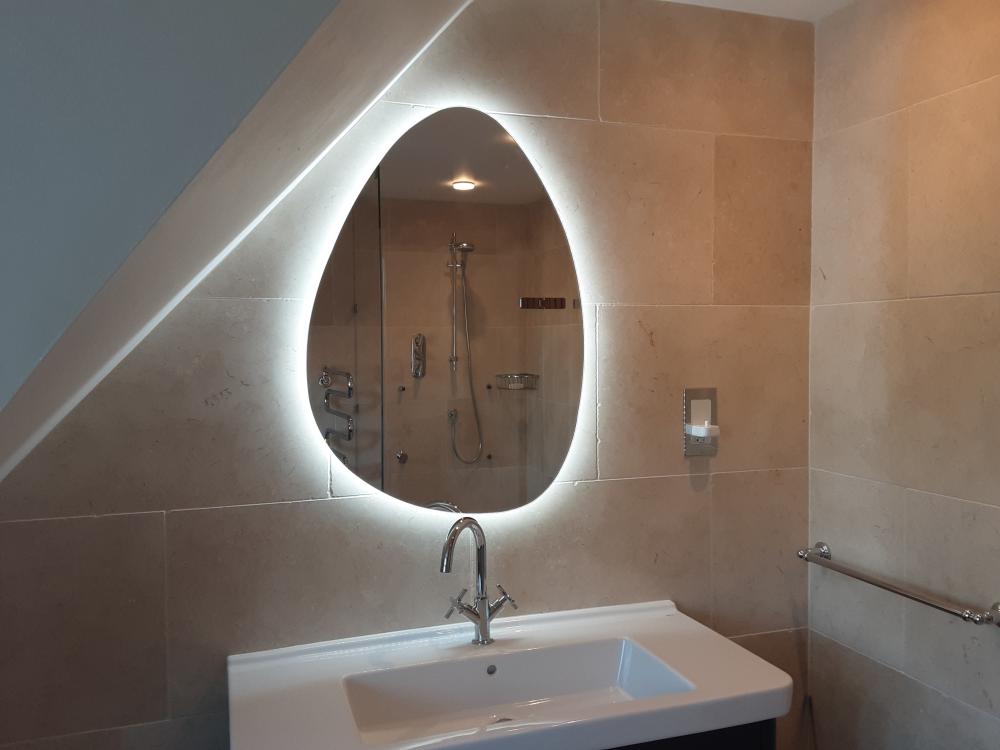

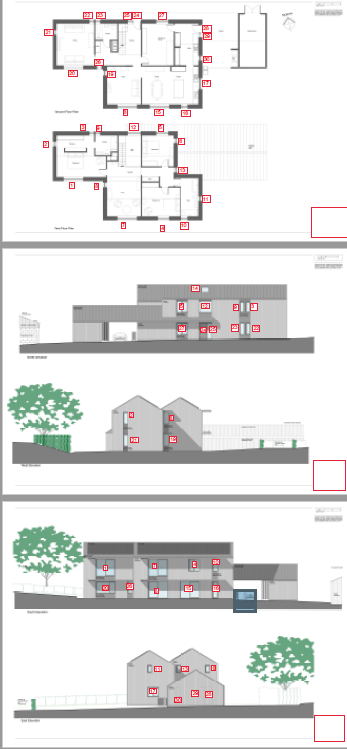
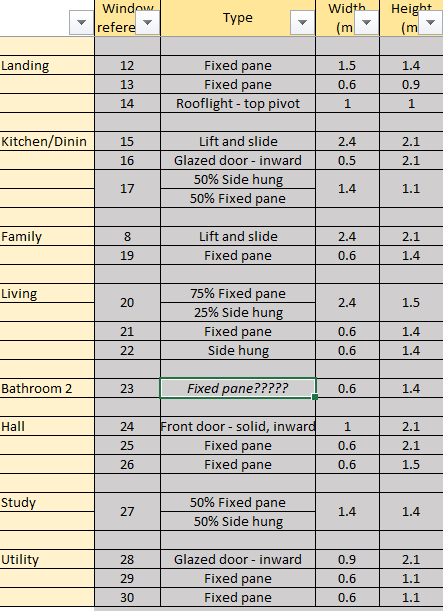

.jpg.c21f3ac78c9b7efd90cbdcb312744dc5.thumb.jpg.7adcad4c0e384f5ecd7d56b0618df6e5.jpg)
